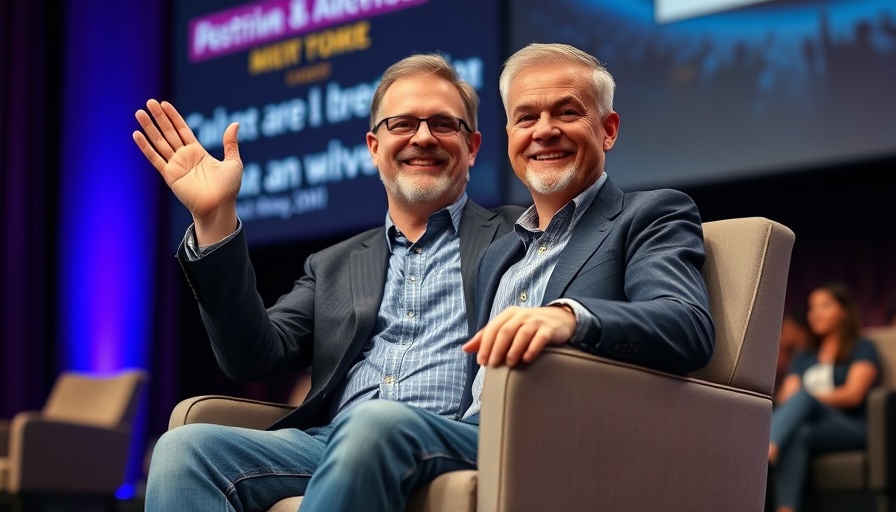
Amazon's Nova Reel Redefines AI Video Generation
Amazon has recently upgraded its AI video model, Nova Reel, to an impressive new version capable of generating videos that span up to two minutes. This enhancement marks a significant leap in generative video technology, reflecting the company's commitment to innovation within the competitive landscape that includes big players like OpenAI and Google. Nova Reel 1.1 not only produces videos but also ensures stylistic consistency between shots, addressing a common request from content creators.
What's New With Nova Reel 1.1?
The upgrades introduced in Nova Reel 1.1 allow users to craft multi-shot videos based on prompts that can be as extensive as 4,000 characters. Each generated clip can include a sequence of shots lasting six seconds each, allowing for dynamic storytelling without the complicated logistics typically associated with video production. This feature is particularly beneficial for marketers and social media influencers looking to create engaging content quickly and efficiently.
Exploring the Multishot Manual Mode
One of the standout features of Nova Reel 1.1 is the new “Multishot Manual” mode. This mode offers users the ability to upload an image alongside their textual prompt, granting more control over the video's creative composition. By referencing a specific visual, users can generate up to 20 distinct shots, making the tool even more versatile for various applications from advertisements to video blogs.
Ethical Considerations in AI Training
Despite the exciting technological advancements, ethical concerns about how such AI models are trained persist. Similar to many generative AI systems, models like Nova Reel are built by learning from numerous pre-existing videos, which could involve copyrighted material. Amazon has yet to clarify the sources of its training data and the measures in place for content creators who seek to protect their intellectual property. Users engaging with Nova Reel must navigate these legal waters carefully, aware of the potential implications regarding copyright infringements.
Amazon's Commitment to User Protection
In response to these concerns, Amazon has assured its AWS customers that they will be protected against copyright violations stemming from content generated using Nova Reel. This indemnification policy reflects an understanding of the balance between innovation and the necessity for respecting creators' rights in the digital space. As the debate about AI's ethical implications intensifies, Amazon's proactive stance provides a layer of reassurance for users who fear litigation over the use of generative AI.
The Future of Video Generation with AI
As technology continues to evolve, the potential for video generation capabilities will undoubtedly expand. Companies like Amazon are at the forefront of this trend, integrating AI deeper into media creation processes. Nova Reel may pave the way for more accessible content creation, democratizing the tools previously reserved for professionals while also raising important questions about originality and authorship.
Why It Matters for Content Creators
For individuals and businesses alike, the advent of AI-driven video generation tools like Nova Reel marks an exciting development in content creation. These advancements can help streamline video production processes, allowing creators to meet the ever-increasing demand for dynamic content in today’s digital landscape. Whether for marketing purposes, education, or entertainment, understanding and leveraging such technology could redefine how creators produce engaging visuals.
Final Thoughts on Generative Video Tech
As more companies introduce similar technologies, the dialogue surrounding their ethical use will intensify. Content creators must remain informed and cautious as they explore these tools to ensure they uphold intellectual property rights while harnessing the capabilities of AI in their work.
 Add Row
Add Row  Add
Add 



Write A Comment